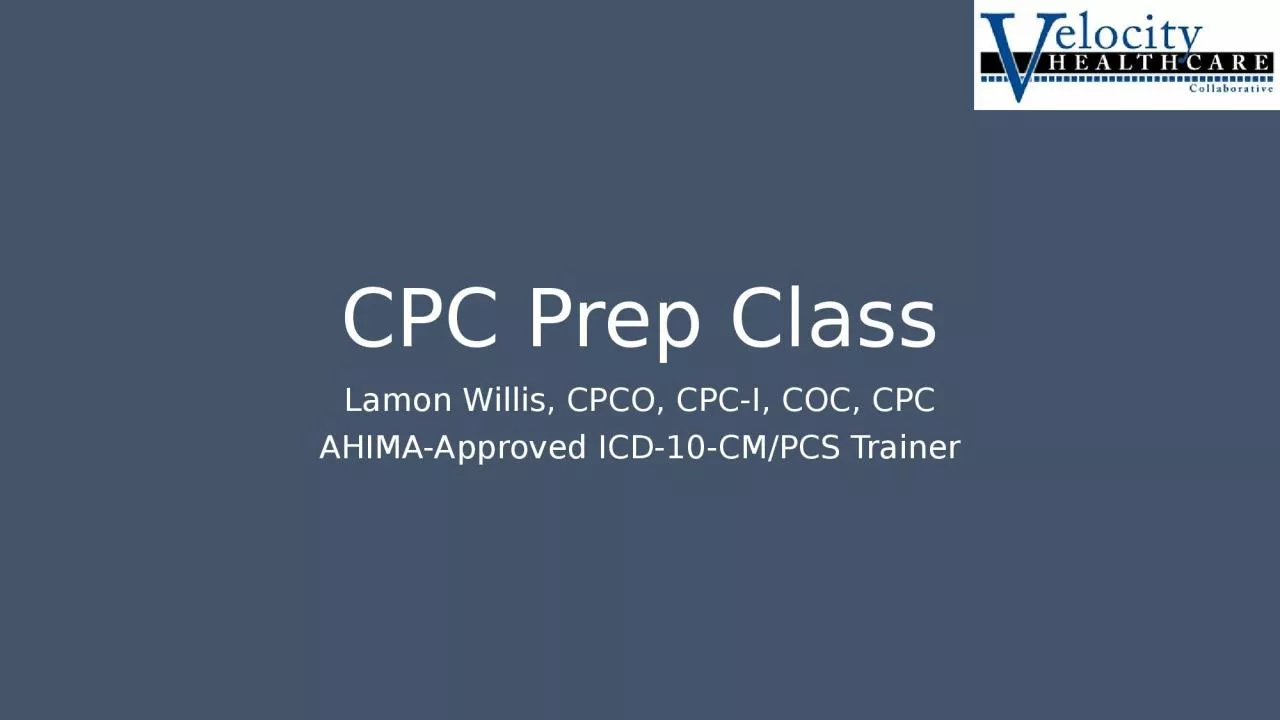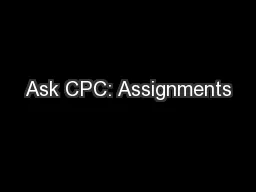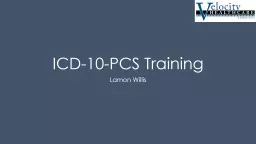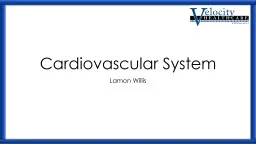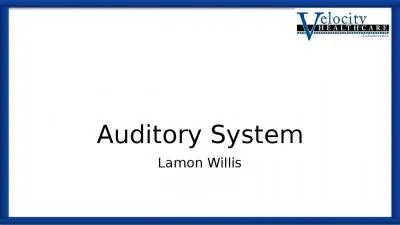PPT-CPC Prep Class Lamon Willis, CPCO, CPC-I, COC, CPC
Author : elina | Published Date : 2024-01-03
AHIMAApproved ICD10CMPCS Trainer Disclaimers CPT codes are the registered trademarked nomenclature of the American Medical Association AMA and are licensed and purchased
Presentation Embed Code
Download Presentation
Download Presentation The PPT/PDF document "CPC Prep Class Lamon Willis, CPCO, CPC-I..." is the property of its rightful owner. Permission is granted to download and print the materials on this website for personal, non-commercial use only, and to display it on your personal computer provided you do not modify the materials and that you retain all copyright notices contained in the materials. By downloading content from our website, you accept the terms of this agreement.
CPC Prep Class Lamon Willis, CPCO, CPC-I, COC, CPC: Transcript
Download Rules Of Document
"CPC Prep Class Lamon Willis, CPCO, CPC-I, COC, CPC"The content belongs to its owner. You may download and print it for personal use, without modification, and keep all copyright notices. By downloading, you agree to these terms.
Related Documents

